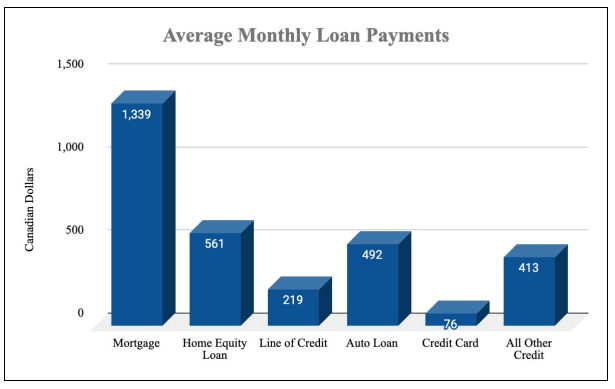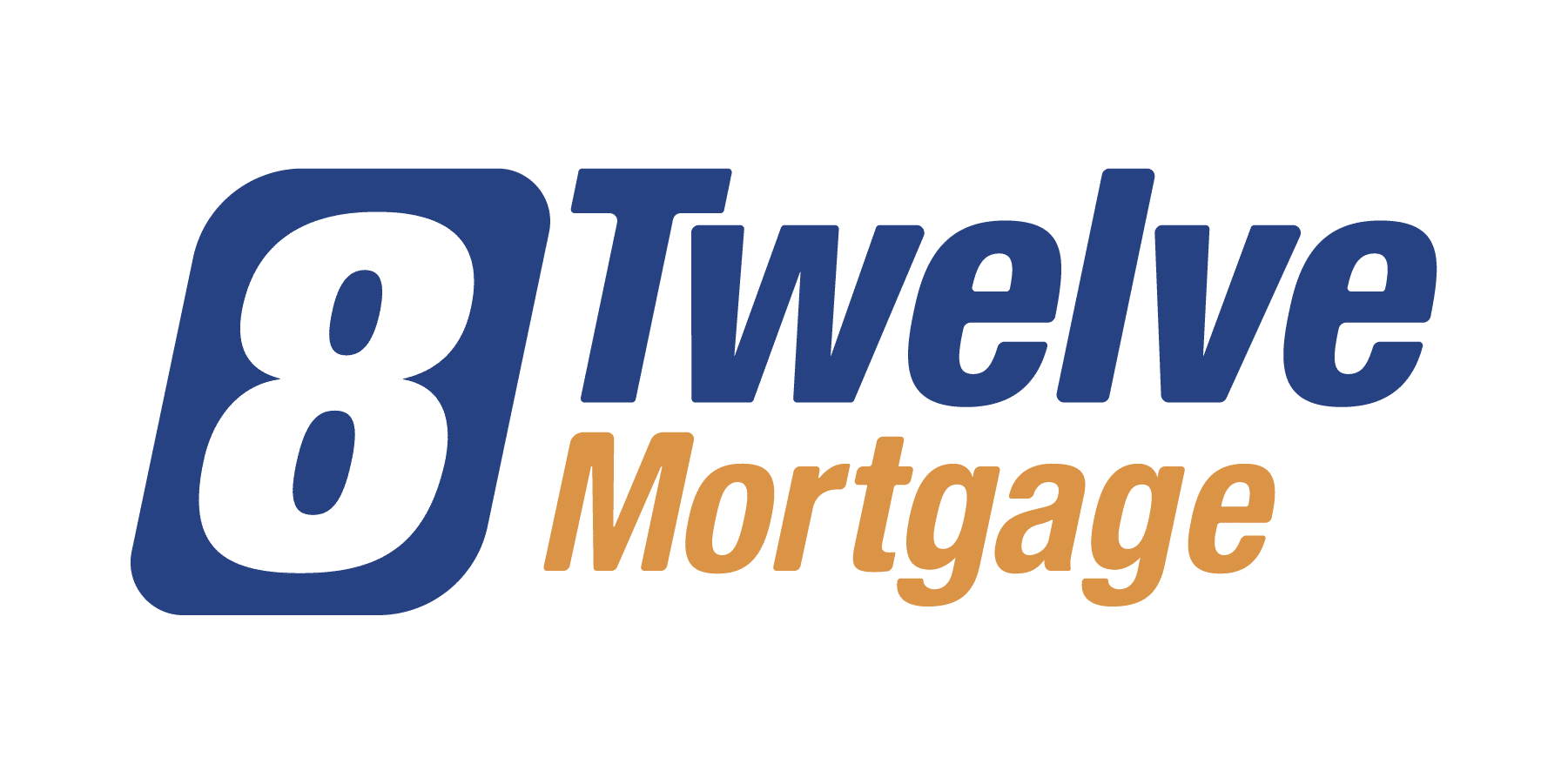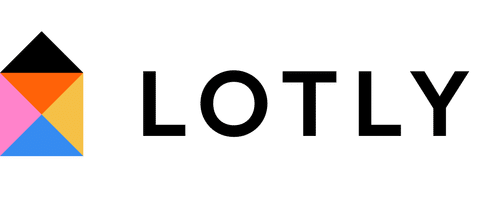Compare Lenders
Discover Popular Financial Services
What are Secured Loans in Canada?
Simply put, a secured loan is a loan that is backed by collateral. For example, a mortgage is a type of secured loan where the collateral is the house being mortgaged. An auto loan may be a type of secured loan if it is backed by the car being financed. If the borrower defaults on the loan, the lender can seize the collateral in lieu of payment – so in the case of a mortgage, this would be a foreclosure. Entrepreneurs may secure a secured personal loan made against a personal asset in order to finance a new business.
What are unsecured Loans?
Unsecured personal loans are a type of credit where borrowers do not have to provide any collateral to secure the loan. Unlike secured personal loans however, where assets such as property or vehicles are used as security, these loans are given based on the borrower's creditworthiness. An unsecured personal loan or unsecured loan example include credit cards, personal loans, and student loans.
The lender takes on more risk, as there is no asset to recover in case of default. Consequently, an unsecured personal loan or unsecured loan example will often come with higher interest rates compared to secured loans. They may also have stricter eligibility criteria, requiring borrowers to have good credit scores and a stable income. The advantage of an unsecured loan is that borrowers do not risk losing any assets, making them a less risky borrowing option for individuals.
Should you consider an unsecured loan?
An unsecured loan can be a viable option depending on your financial circumstances and needs. These loans are often easier and quicker to obtain as they require no collateral, making them a suitable choice for individuals without substantial assets.
Additionally, an unsecured loan offer a safer route for borrowers since there's no risk of losing personal property in case of default. However, they come with higher interest rates due to the increased risk for the lender, which can lead to higher overall repayment costs.
Considering a Personal Loan
Evaluating your credit score
is crucial before applying for an unsecured loan or personal loan, as a good credit rating can help in securing a lower interest rate. It's advisable to weigh the pros and cons, your credit score, and possibly consult with a financial advisor to determine whether an unsecured or personal loan really aligns with your financial goals and capabilities.
Why are Secured Loans Popular?
Secured loans are considered less risky to mortgage lenders because in the event of default, they have an asset to help cover the cost of the debt, a mortgage, and so are less likely to be out of pocket. This means that they can be easier to qualify for than unsecured loans, and often have more favourable terms. The downside to the borrower is that if you neglect the payments on your secured mortgage loan, you risk losing the asset or mortgage you used as collateral.
What Can I Use a Secured Loan For?
Secured loans are incredibly beneficial when you need to borrow money for a specific purpose and possess a valuable asset to use as collateral. These types of secured loans offer a pathway to access to funds by leveraging owned assets like home equity, car title, or even an investment portfolio. They can be utilized for a diverse array of needs, including securing a new loan for a business venture via a secured business loan, consolidating debt, or augmenting investments. The loan amount you can obtain depends on the appraisal value of the asset used as collateral, and often come with competitive interest rates compared to an unsecured loan.
The interest rate on a secured loan is generally lower, making the monthly payment and the total interest paid over the loan term more manageable. Secured loans can also assist in enhancing your credit score if managed well, as credit bureaus monitor loan payments. However, it's crucial to keep in mind the risk of losing your valuable asset in case of missing loan payments too.
It's advisable to compare options, check the loan agreement for any origination fees or late payment fees, and consult with a financial institution, credit unions or online lenders to ensure you can get a secured loan or secured loans that align with your financial capabilities and goals. These types of secured loans can be used for a wide range of purposes, including:
Financing a new business
- Starting a new business often necessitates substantial capital, making secured loans a viable option for financing. Leveraging personal property or opting for a secured business loan can provide the required funds. The loan amount, determined by the collateral's appraisal value, offers competitive interest rates compared to an unsecured loan. Maintaining a clear repayment schedule is crucial to avoid losing the pledged asset. A good credit may lower interest rates, with bad credit secured loan options available for those with poor credit. Exploring online lenders or traditional financial institutions to compare options, and scrutinizing loan agreements for any fees is advisable to ensure the loan terms align with your business's financial plan.
Financing a home purchase or home renovations:
- Securing a mortgage or funds for home purchase or renovations often leads individuals towards secured loans like home equity or secured personal loans due to their favourable interest rates, with the loan amount determined by the collateral's appraisal value. These loans offer competitive rates, resulting in lower total interest and manageable payments compared to an unsecured loan. A good history of credit can potentially lower the interest rate, while those with poor credit might consider a poor credit secured loan. It's prudent to consult with a financial institution or credit union or explore online lenders to compare options, scrutinize loan agreements for any fees, and understand the repayment schedule. While secured loans alleviate financial strain, the risk of losing the collateral due to missed payments is a serious consideration. With careful planning and financial advisement, securing a loan can aid in achieving home ownership or renovation goals.
Purchasing a car or other vehicle:
- Secured loans, like auto loans or car title loans, are popular choices for financing vehicle purchases due to their lower interest rates, with the vehicle itself serving as collateral. The loan amount is typically determined by the vehicle's appraisal value, which often results in lower monthly payments compared to unsecured personal loans. Even individuals with a poor history of credit may access bad credit secured loans, though possibly at higher rates. It's advisable to approach a financial institution or credit union or explore online lenders to compare loan options and understand the loan terms, including any origination or late fees. While secured loans offer a structured way to finance a vehicle purchase, the risk of losing the vehicle due to missed payments is a significant consideration that necessitates thorough financial evaluation before proceeding.
Alleviating cash flow problems:
- Secured loans, like a home equity line of credit or secured personal loans, can be a lifeline when liquidity is essential. By using your own assets as collateral, you can gain access to funds with lower interest rates compared to unsecured personal loans, thus easing the repayment schedule. It's crucial to have a good credit score to optimize loan terms, although a bad credit-secured loan might be an alternative. Engaging a bank or credit union for these loans, scrutinizing the loan agreement for origination fees, and ensuring a manageable monthly payment plan can pave the way for smoother financial sailing, while also potentially consolidating debt and enhancing your credit report over time.
Securing a credit card (to gain access to a credit card when you have no or bad credit history):
- Securing a credit card, especially with no or bad history of credit, can be a hurdle. Opting for secured credit cards can be a viable solution. In this arrangement, a specific asset or a cash deposit for collateral, providing a credit line while also aiding in building or repairing your history of credit. The credit limit typically mirrors the deposited amount. Although the interest rate may be higher compared to standard cards, timely monthly payments can improve your credit score, opening doors to unsecured credit card options in the future. It's advisable to compare loan options, scrutinize any associated fees like annual or late payment fees, and consult with a bank or credit union or explore online lenders to find a secured credit card that aligns with your financial circumstances. Over time, prudent management of a secured credit card can transition you from having bad credit to establishing a healthier financial profile, thus alleviating the initial credit hurdles.
What Can I Use as Collateral?
Collateral comes in many forms, and exactly what will be accepted home equity loan may depend on the home equity loan provider you're working with. Generally speaking, collateral for home equity loan falls into two broad categories: personal assets and business assets.
Examples of personal assets that can be used to secure a loan:
- Real estate
- Home equity
- Cars, mobile homes, trucks, boats and other vehicles
- Paycheques
- Cash and savings accounts
- Investments
- Valuables (jewellry, collectibles)
Examples of home equity and business assets that can be used to make home equity to secure a loan:
- Real estate
- Equity in business-owned property
- Business vehicles
- Accounts receivable
- Equipment and machinery
- Inventory
- Investments
- Business savings accounts
- Insurance policies
- Natural reserves
Types of Secured Loan
Mortgages and auto loans are the most common types of secured loans. Title loans are also common – these use an already paid-off asset as collateral against another purchase. A specific type of title loan is a car title loan, which uses a fully owned car to secure a new car title loan against (not necessarily auto loan-related).
Home equity loans
 rely on a similar principle: using the equity you have built up in your home to secure a new home equity loan against. This is distinct from a mortgage as you are not using the loan to purchase the house you're securing the home equity loan against. Any or all of these types of loan can be used to finance either personal or business needs.
Factors to Consider When Comparing Loans
Interest Rate
This is effectively the amount and interest rate you will be paying for the loan; your payments are calculated based on the repayment schedule (the amount borrowed divided by the term of the loan) plus interest charges. Some types of secured loans have favourable interest rates, but others (such as title loans) are geared towards bad credit borrowers who are unable to access other loan types, and so come with higher-than-average interest rates. The loan interest rate that you qualify for will depend on your own credit score and history, the asset being used for the loan early collateral, the loan amount and term.
Interest-Only
If you opt for an interest-only loan, then your repayments consist only of interest, but this means that you will need to borrow money to repay the full amount borrow money borrowed at the end of the loan term. This can mean much lower monthly costs for the loan, less interest paid but the risk to the bank account and borrower is higher.
Loan Term
Loan term is the lifespan of the loan; secured loans tend to have more interest and be of longer duration than an unsecured loan, and while this may mean lower monthly payments, it will also mean more in interest rate being paid overall. Consider your loan early and what the interest rate you can afford to pay monthly; generally speaking, the higher the interest rate, the shorter you want the loan term to be.
Collateral Requirements
Not every lender will accept every form of collateral, so be sure to check what's eligible before completing an application form for a specific provider. It's also sensible, before approaching a loan application, to have a solid idea of the value of the specific asset that you hope to use as collateral. Lenders will not lend you as much as your asset is worth at the time of the loan application itself.
More volatile assets (such as an investment portfolio) are considered riskier, and so you will be able to borrow less against them as against something tangible, like property. As a general guideline, borrowing amounts are in the range of 50% to 90% of the collateral's value. More specifically:
- When property is used for collateral, loan amounts are typically 80% of the home's value (assuming no other loans secured against the property)
- When a vehicle is used for collateral, loan amounts range from 25% to 50% of the value of the car
Fees
Most loans come with fees, and while sometimes these fees can be folded into the loan itself, it's still important to know exactly what they are and how they'll affect your monthly payments. Common fees include some loan application fees, some auto loan origination fees, some appraisal fees and car part appraisal fees, title loan amount fees, late payment fees, and early repayment fees.

Frequently Asked Questions About Secured Loans
What is a secured loan?
A secured loan is a loan backed by an asset, so that in the event the borrower defaults on the loan, the lender can seize the asset instead of payment. The asset used to secure the loan is known as collateral.
What are the most common types of secured loan?
Mortgages and auto loans are the two most common forms of secured personal loan, with the former using the home being purchased as collateral secured personal loan, and the latter using home equity as line of credit for the car being purchased.
What can I use a secured loan for?
Funds gained through secured loans can be used for a life insurance policy, home equity line, financing a business, alleviating cash flow, to financing a purchase. Both a business used life insurance loan and personal uses life insurance loan are possible.
How can I qualify for a secured loan?
Secured loans are often easier to qualify for than unsecured loans, as they are less risky to the lender. Generally speaking, borrowers need to have an asset that the lender will accept as collateral; there may also be credit requirements, although it is easier to get a secured loan with bad credit than it is to get an unsecured loan with bad credit or an unsecured loan line of credit. The amount borrowing money you can borrow and the loan terms will depend on the lender and your specific financial circumstances.
Can I get a secured loan with bad credit?
Yes, people with bad credit can get secured loans. Interest rates may be higher than you expect. For example, title loans are two more types of secured loans and credit cards, loans and credit cards generally geared towards borrowers with a poor credit history, and so charge higher interest rates than home equity loans.
What are the advantages of a secured loan?
Secured loans are easier to qualify for, especially if you have no or bad credit; they are also sometimes cheaper, as they are considered less risky, you may qualify for lower interest rates and more preferable loan terms than with an unsecured loan.
What are the risks of a secured loan?
The major risk of a secured loan is if you miss payments or default on the loan altogether; this will result in the lender seizing the asset you have secured business loan used forcollateral. For example, with a mortgage default, the lender can foreclose on cash value of your home. Also a factor when considering a secured loan is interest rate and their longevity; they tend to be longer term than unsecured loans and so interest can end up costing the loan amounts and you more.
What can I use to back a secured loan?
Assets of all kinds can be used as a type of secured loan; exact eligibility requirements may vary by lender, but commonly used assets include property, vehicles, home equity, a savings account, deposits, investments, home equity loans and in the event of a business loan, business assets such as inventory, property, accounts receivable, and equipment.
Explore more
Similar products
Why Choose Smarter Loans?

Access to Over 50 Lenders in One Place

Transparency in Rates & Terms

100% Free to Use

Apply Once & Get Multiple Offers

Save Time & Money

Expert Tips and Advice




















